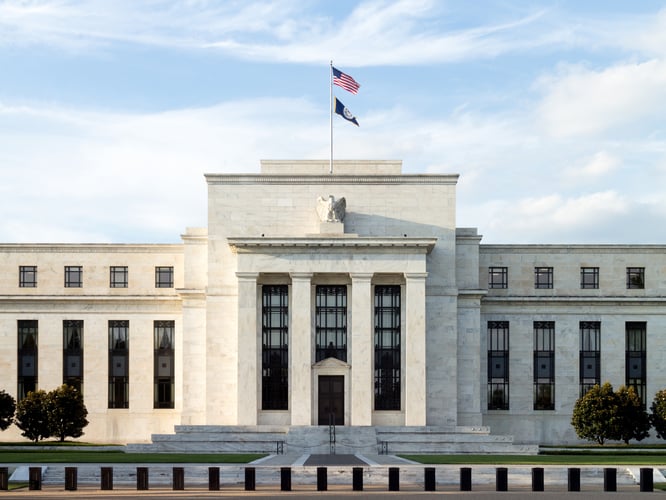

Over the last two years, the Federal Reserve (Fed) has been trying to reduce inflation without triggering a recession. To achieve this, the Fed has relied on interest rate hikes. Since early 2022, rates have steadily increased, reaching 5.33% by August of last year — the highest in 23 years.
Higher interest rates make borrowing more expensive for consumers and businesses, which in turn reduces spending. Since consumer spending drives corporate revenue, this slowdown forces businesses to lower prices, cooling inflation. However, interest rate hikes are a blunt tool, and history shows that periods of major rate increases often lead to recessions. The challenge is to reduce inflation without derailing the economy.
So far, it seems the Fed may have pulled it off. Inflation has fallen from a high of 9.1% in 2022 to 2.5% as of this past August, close to the Fed’s target of 2%. Additionally, the economy has avoided a recession, with GDP growing by 1.4% in the first quarter and 3% in the second.
However, while inflation has dropped, unemployment has begun to rise. After hitting a low of 3.4% in April 2023, the unemployment rate increased to 4.2% in August. While this is still historically low, the upward trend is concerning.
These factors — declining inflation and rising unemployment — have set the stage for the Fed to begin cutting interest rates. On September 18, the Fed implemented its first rate cut in over four years, reducing rates by 0.50% to a range of 4.75-5%. This move was larger than the 0.25% cut expected by many analysts.
The question now is how to cut rates without either letting inflation surge again or allowing unemployment to rise too sharply. If rates are cut too quickly, borrowing and spending could spike, leading to rising prices and undoing progress on inflation. On the other hand, if the Fed is too slow, unemployment could accelerate, pulling the economy into a recession.
Investors are closely watching this situation. While the rate cut is welcome news and markets have responded positively, rising unemployment often precedes recessions. Additionally, past recessions have frequently begun just after the Fed starts cutting rates, rather than while rates are rising.
The Fed has signaled that more rate cuts are likely before the end of the year. While this could help stimulate economic growth, it also raises the potential for market volatility. Investors will be monitoring every piece of economic data for signs of inflation or rising unemployment.
For now, it’s important to stay focused on long-term goals and avoid reacting to short-term market movements. Here at Transcend Wealth, we’ve consistently followed a patient, strategic approach, which has helped us navigate market ups and downs. As the Fed continues to cut rates, we’ll maintain that focus and continue monitoring the situation carefully.




